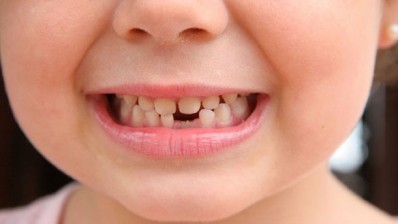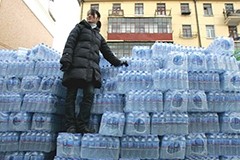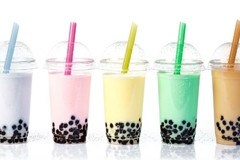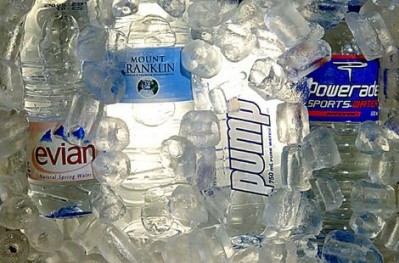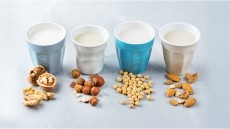Oz-NZ proposes WHO bottled water chemical limits
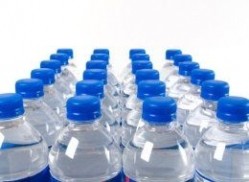
According to Food Standards Australia and New Zealand (FSANZ), the application has been submitted by the Australasian Bottled Water Institute, which is backed by the Australian Beverages Council (ABC).
If accepted and passed, the move would increase the number of chemicals with limits and bring the requirements for packaged water in Australia and New Zealand into line with international standards, FSANZ said.
A FSANZ spokesperson told FoodNavigator-Asia that the current limits were aligned with the Codex standard for natural mineral waters.
“However, the list of chemicals in this Codex standard is not as comprehensive as the WHO guidelines. Packaged water in Australia and New Zealand is obtained from various sources in addition to natural mineral waters,” he said.
“The adoption of the WHO limits would provide an internationally recognised set of comprehensive and contemporary maximum levels for a range of chemicals in packaged water,” he added.
Harmonisation with global norms would be healthy for the trade
Kim Staples, health & regulatory affairs manager at the ABC, told FoodNavigator-Asia that since the last revision of the Food Standards Code (FSC), a range of scientific developments have occurred.
“With improved detection limits of instruments and research in relation to safety parameters revised the update was needed,” Staples said.
“Broad consultation was undertaken and these changes accepted by our members are further indication of the due diligence invested by bottled water manufacturers on their product. Benefits to trade may also be realised,” she added.
If passed, Staples said that the packaged drinking water manufacturer would need to continue to undertake a testing program to indicate their product meets the specification stated in the FSC, as they do presently.
“A few additional tests have been added, some removed and limits for some criteria changed,” she said.
Concerns remain on some chemicals
The FSANZ is primarily backing the application, with its CEO Steve McCutcheon stating that the regulator is recommending adopting the WHO limits, but “with two exceptions.”
“We are recommending maintaining the current lower limit for fluoride in packaged water and a marginally higher limit for styrene, which is used as a processing aid in packaged water,” he said.
The FSANZ spokesperson pointed out to Food-Navigator-Asia that Excessive fluoride intake can result in fluorosis.
“In its mild form, this may manifest itself as discolouration of tooth enamel, but can become a serious medical condition when it affects the skeleton,” he said.
According to him, as part of its risk assessment of an earlier application on the issue, FSANZ conducted a dietary intake assessment for fluoride from the total diet for Australian and New Zealand consumers.
“Based on this assessment FSANZ concluded that the maximum level for fluoride when added to packaged water should be 1.0 mg/L,” he said, as against the WHO guideline of 1.5 mg/L.
For styrene, he said that the FSANZ is proposing to have a maximum level for styrene in packaged water at 0.03 mg/L, which only slightly more than the WHO Guidelines of 0.02 mg/L.
“The intent is to ensure that there is no ambiguity with respect to the permitted maximum level for styrene in the FSC,” he said.
